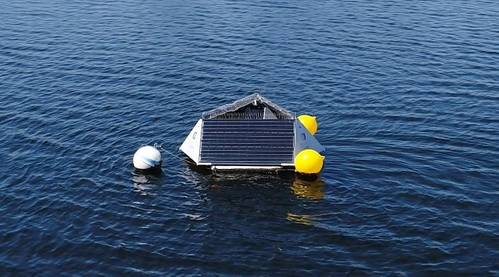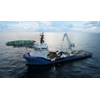New Tech Deployed to Study Harmful Algal Blooms
A new research project aims to evaluate the potential efficacy of ultrasonic technology to mitigate harmful algal blooms (HABs) on Lake Agawam, village of Southampton.
HABs are a growing environmental problem, affecting all parts of the world. Excessive nutrient pollution entering water bodies, especially phosphorus and nitrogen, drive the growth and spread of harmful algal blooms. Besides unpleasant tastes and odors, excessive HABs can seriously harm humans, pets, and aquatic organisms, and degrade water quality. Additionally, they can disrupt water treatment processes by clogging filters and pipes.
The research, announced by the New York State Department of Environmental Conservation (DEC), in partnership with the village of Southampton, is part of the HABs Action Plan developed in 2020 by DEC for Lake Agawam.
State experts are working closely with the Lake Agawam community, and in collaboration with Stony Brook University. Together, they are set to study the effectiveness of ultrasonic devices on Lake Agawam throughout the summer of 2021. The technology will be deployed later in April 2021. And if successful, it will be used for other water bodies that are contaminated with HABs. In addition to ultrasound, the lake will be treated with ordinary products.
As summer season is soon to start, it presents the optimal conditions to evaluate the use of ultrasonic treatment for the long-term improvement of the lake's water quality. HABs are more likely to occur and become a problem when temperatures rise. Three ultrasonic devices will be deployed on floating, solar-powered buoys, combining continuous water quality monitoring, a web-based software, and ultrasonic technology to effectively control HABs in real-time.
The technology emits ultrasonic waves that create a sound layer in the top layer of the water, impacting the buoyancy of algae cells. These cells sink to the deeper layers of the water column, where the algae cannot access sunlight anymore, and naturally die.

















 February 2024
February 2024



